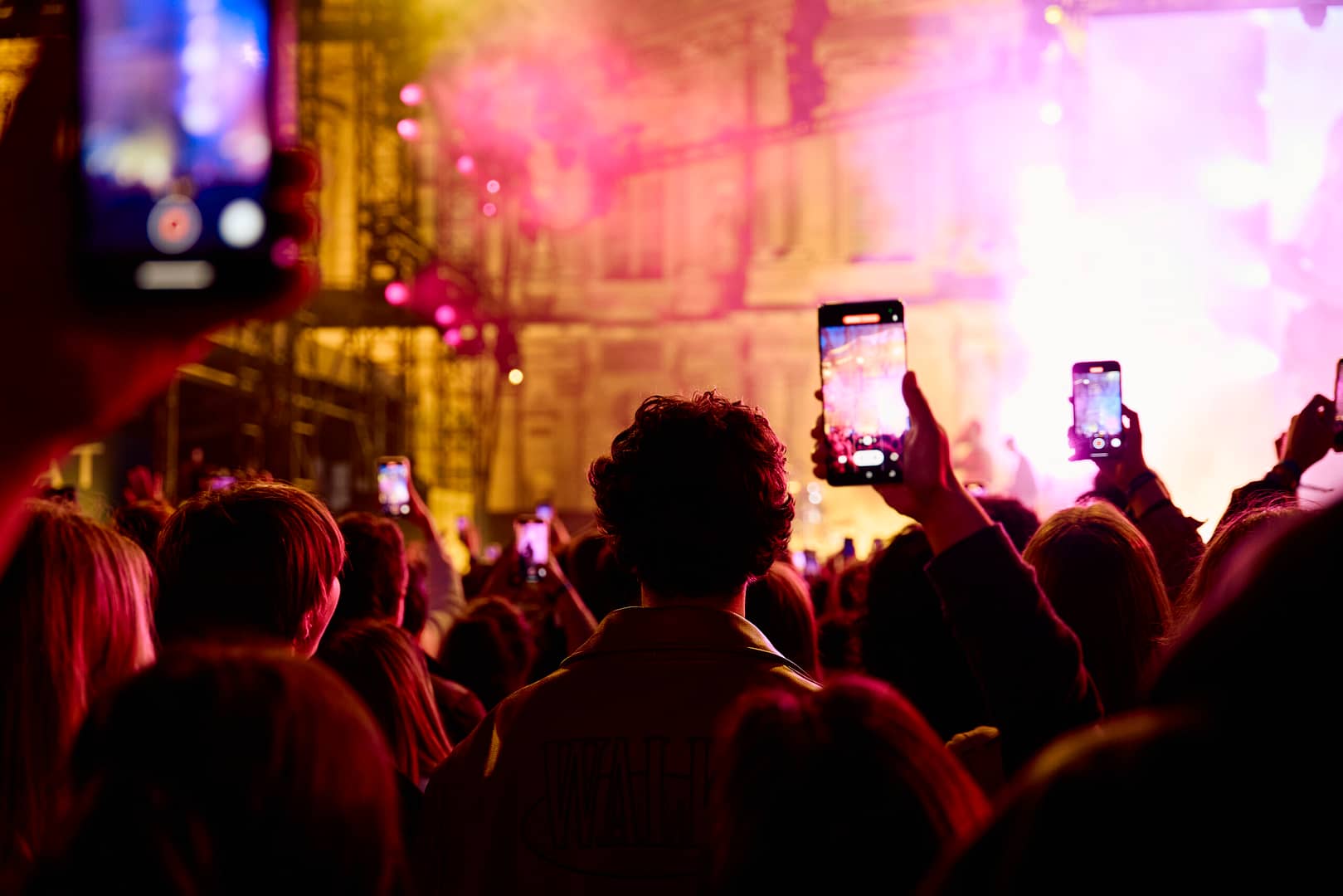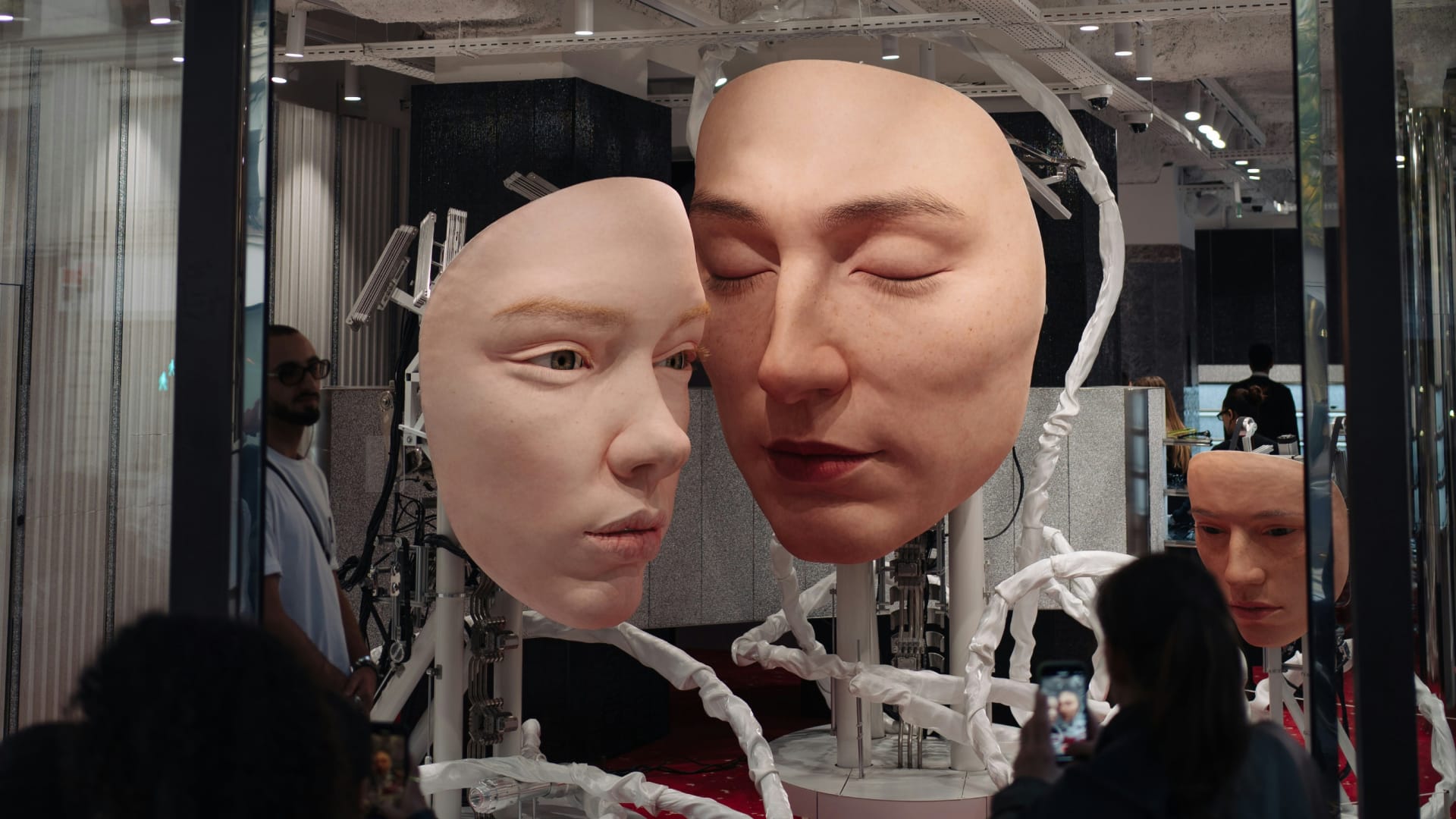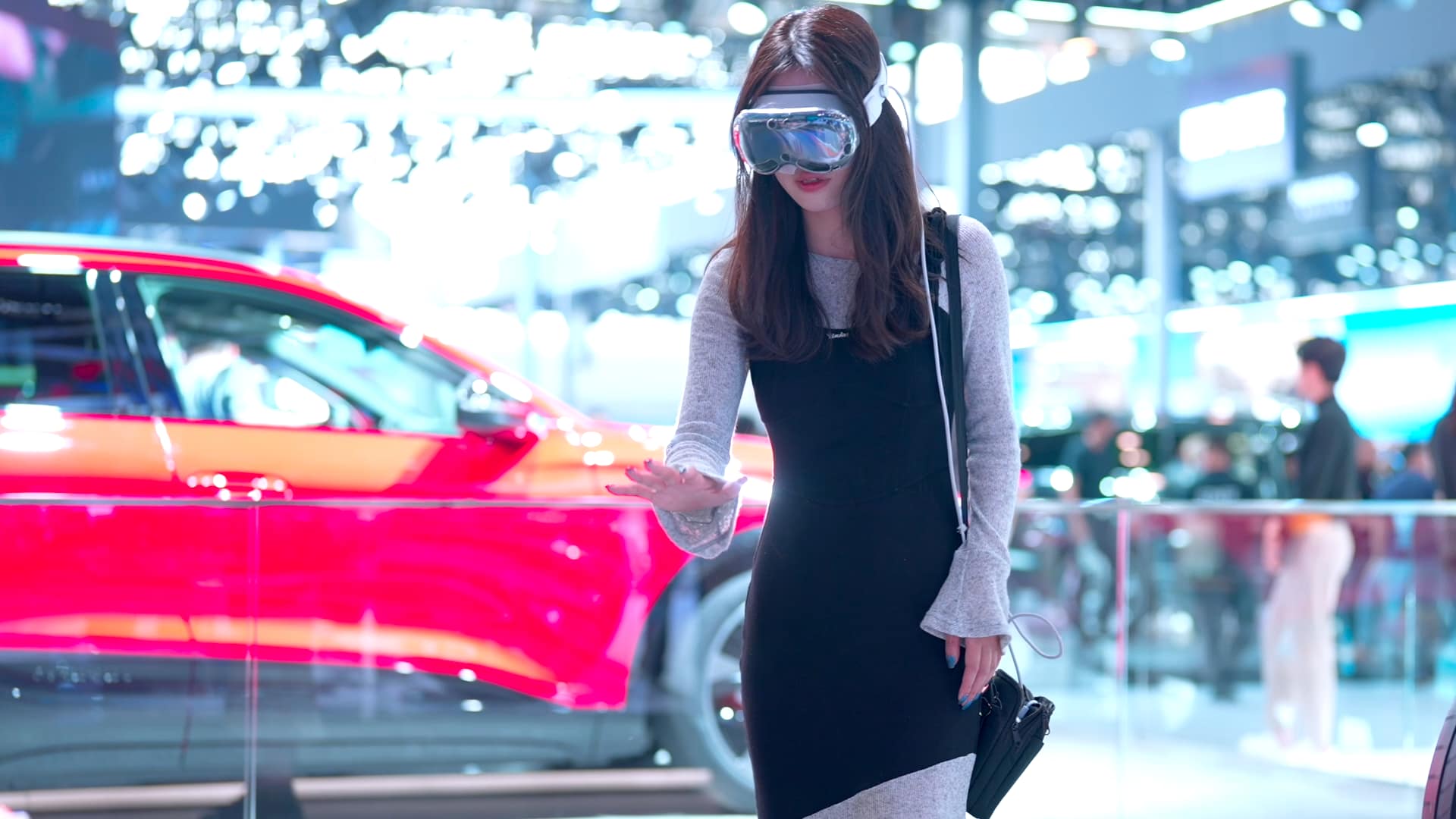
This article first appeared in Campaign written by, Harry Wright, Strategy Director from our London studio.
It’s no secret that the experience economy has well and truly boomed since the majority of us decided that we no longer mind catching Covid. But, as much needed as this has been for the economy, the industry and my own personal sanity, the ever-growing demand for both B2C and B2B experiences is matched only by the astronomic rise in expectations from consumers and employees alike.
With that in mind, it’s no longer enough for attendees to feel like the time they devote to your brand experience is just Time Well Spent.
To make a real impact, experiences need to leave attendees with the lasting impression that it was Time Well Invested so you can differentiate your offering from your competitors, demonstrate that you truly understand your audience and keep them coming back to get an even higher return on their investment.
However, given the abundance of brand experiences now on offer, consumers and employees have become more discerning and more selective about which ones they attend than ever before.
There has to be a pull, something exclusive that will make their attendance worthwhile. And that might be why we’re seeing a growing number of brands looking to create “once-in-a-lifetime”, “money-can’t-buy” experiences for the most valuable people on both sides of the card machine.
While the main business objective for these activations used to be to drive earned media by making a splash in the press, more and more brands are waking up to the real opportunity that’s at play. The opportunity to grow and maintain unprecedented levels of brand loyalty, by diving head first into the next stage of Pine and Gilmore’s “progression of economic value”. The transformation economy.
Consumers desire them, employees engage with them and the aforementioned visionary economist Joe Pine is currently writing a new book about them. But what exactly constitutes a transformative experience?
Well, as the name suggests, it’s all about creating an environment where attendees can ‘transform’ as a direct result of being immersed in that experience. And by that I mean people arrive in one mental, physical or spiritual state and leave in an entirely different one. A better one. A higher one.
In essence, transformative experiences enable attendees to transcend to a version of themselves they had previously aspired to be. Whether the experience needs to enable attendees to transcend to a healthier, happier or more enlightened version of themselves will vary but the core objective of positive personal progression is a constant.
So, how can you harness the power of these experiences to drive unprecedented levels of loyalty for your brand? Well, the golden rule here is that you have to be able to demonstrate that you actually care about your target audience.
And to do that authentically, you’re going to have to go out into the world to meet them where they are, so you can dive deeply into their lives and truly understand their desires and aspirations, before crafting an experience that enables them to achieve or, the very least, edges them closer to fulfilling those aspirations through your brand values.
Alternatively, you gain a deeper understanding of their pain points and frustrations in order to create experiences that leverage your brand values to provide your audience with the tools they need to nullify or ease those stressors. It’s less about distracting them from their pain points and more about giving them the guidance and reassurance they need to combat them.
If you manage to do either of these things correctly, you’ll demonstrate that the founding principles of your business can enable your customers or your employees to achieve their dreams, reach their goals or they can make life a little easier at the very least.
And, to return to my earlier point, herein lies the all-important difference between experiences that feel like time well spent versus time well invested. If you create an experience that your customers or your employees enjoy, they may look back on it fondly because you’ve added value to their lives nurturing an increased level of brand loyalty through the residual positive sentiment.
But if you build transformative brand experiences that facilitate personal progression through your brand values, your audience will have grown as a direct result of interacting with your brand. They will see this as time well invested and they’ll want to keep coming back so they can continue to grow through your brand.
As an increasing number of brands wake up to the potential to drive unprecedented levels of brand loyalty through transformative experiences, could this be the start of the new golden era of creativity, one where the main ROI for brands is to drive personal progression and growth at scale? Here’s hoping.



